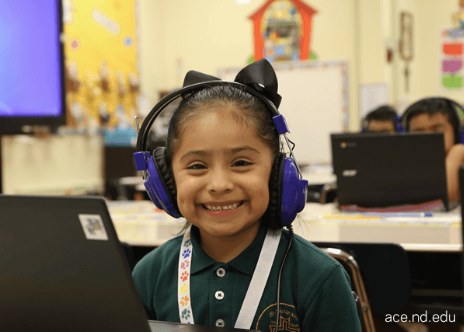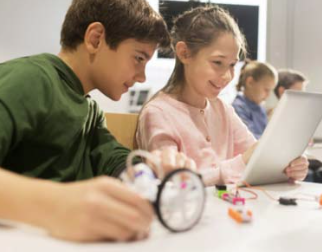In personalized learning environments, students are encouraged to take charge of their educational journey. A key component that makes this possible is the use of clearly defined learning goals. Learning goals provide structure, direction, and purpose—helping students understand what they are working toward and why. When implemented thoughtfully, they enhance motivation, improve outcomes, and make learning more meaningful.
Defining Learning Goals in Personalized Learning
Learning goals are specific, measurable objectives that outline what a student should know or be able to do by the end of a lesson, unit, or course. In a personalized context, these goals:
- Reflect student interests and academic needs
- Are aligned with curriculum standards
- Are co-created by teachers and learners whenever possible
This process fosters student agency and ensures that learning remains relevant and focused.
Why Learning Goals Matter
- Guiding Instruction: Clear goals help teachers design learning experiences that are purposeful and adaptive. Instruction is better targeted to meet individual needs.
- Promoting Student Ownership: When students set or understand their own goals, they become more invested in achieving them. This ownership builds motivation and confidence.
- Measuring Progress: Learning goals provide a framework for assessment. Students and educators can track growth over time and make informed adjustments.
- Encouraging Reflection: Students can reflect on their progress in relation to their goals, identifying strengths and areas for improvement. This reflection is key to becoming a self-directed learner.
Setting Effective Learning Goals
To be effective, learning goals in personalized learning should be:
- Specific and Clear: Avoid vague terms like “understand” or “learn.” Use action verbs that define what success looks like.
- Measurable: Include criteria or performance indicators that can be assessed.
- Achievable: Goals should be challenging but attainable, based on the student’s current level.
- Relevant: Connect to student interests, real-life applications, or future aspirations.
- Time-bound: Establish a realistic timeline for completion.
SMART goals (Specific, Measurable, Achievable, Relevant, Time-bound) are especially effective in personalized learning environments.
Aligning Goals with Curriculum and Standards
Personalized learning doesn’t mean abandoning academic expectations. Teachers can align individual learning goals with state or national standards by:
- Mapping student goals to curriculum objectives
- Designing personalized activities that meet required benchmarks
- Using rubrics that reflect both personal and academic targets
This alignment ensures that all students are progressing toward meaningful and measurable outcomes.
Tools and Strategies to Support Goal-Setting
Educators can use a variety of tools to help students set and manage learning goals:
- Learning journals and portfolios for ongoing reflection
- Digital dashboards to track progress
- Goal-setting templates and checklists
- One-on-one conferences to guide and refine goals
These supports make goal-setting a practical, integrated part of the learning process.
Conclusion
Learning goals are the foundation of effective personalized learning. They give students direction, encourage self-reflection, and ensure accountability. By helping learners set and pursue meaningful goals, educators foster a more engaged, independent, and successful student experience. Personalized learning thrives when guided by clear, purposeful objectives that empower every student to reach their full potential.














